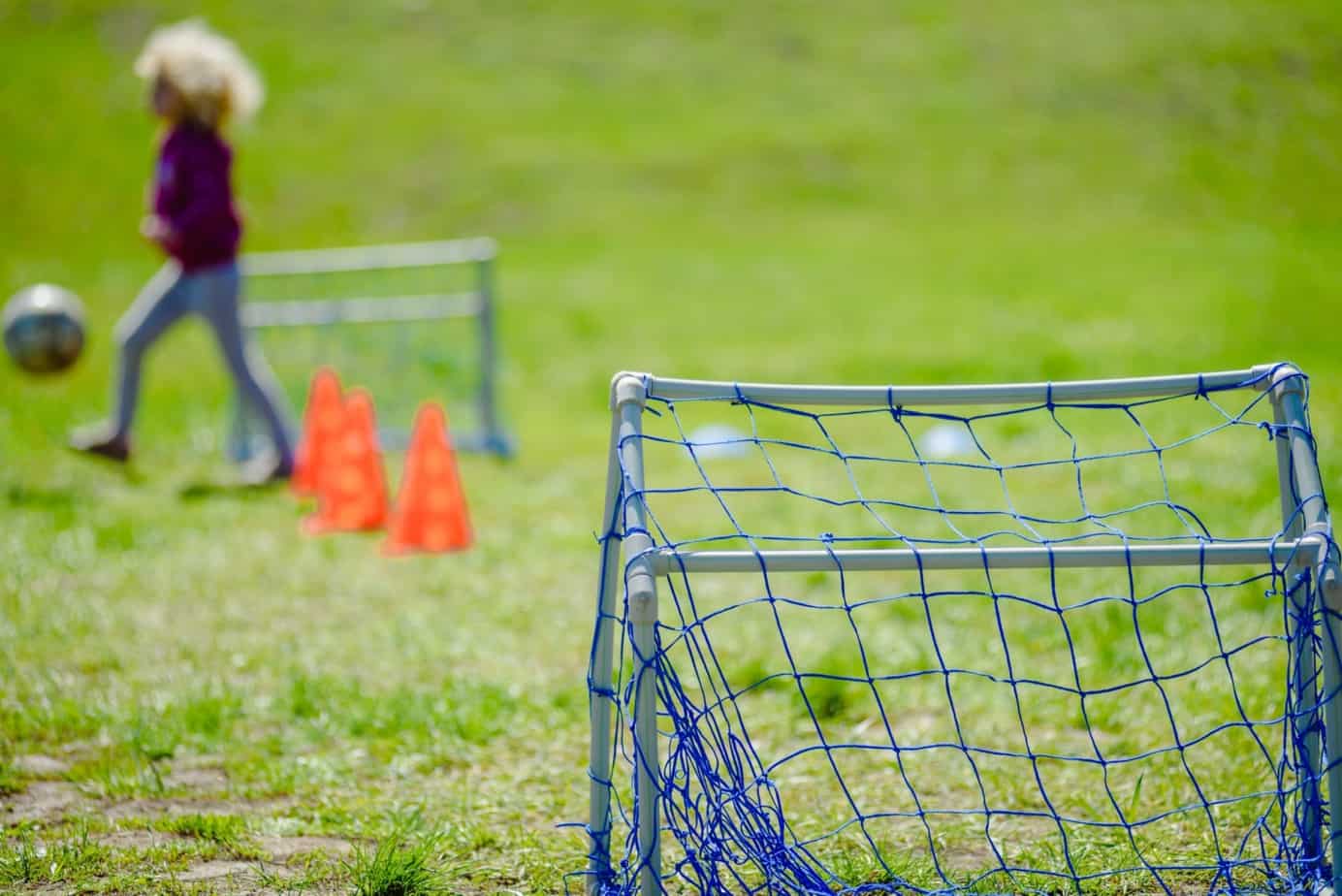Small-sided games: Pros, cons and considerations
Small-sided games can be used as an efficient method of training for physical, technical and tactical purposes.
- Small-sided games are modified games played in smaller areas, often using adapted rules and involving a smaller number of players than traditional games.
- They can be used as an efficient method of training for physical, technical and tactical purposes.
- There are downsides, however, including greater risk of injury.

How small-sided games can deliver big results
Small-sided games (SSG) are an ideal tool for developing technical, tactical and physical capabilities, while also boosting motivation for athletes during training.
George Farrell — a UK-based strength and conditioning coach and sport scientist — says SSGs help coaches improve their athletes’ physical performance more so than traditional or generic training drills.
Principally, Farrell says SSGs — such as 5 v 5 in soccer or 3 v 3 in basketball — help develop aerobic and anaerobic conditioning.
“Conditioning is vitally important for team sports – basically put, we can reduce the risk of injury by making our players robust,” he said during his Science for Sport presentation titled ‘Small Sided Games’.
“We have to make sure they are … fit enough to compete – if they’re not fit enough, they’ll get injured. So we have to make sure they’re in the best possible shape to fulfil the demands of the game.
“Conditioning for team sports requires enhancing both the aerobic and anaerobic systems … traditional continuous aerobic training is not specific to team sport activity and the aim should be to train as close to the demands of the sport as possible.
“When considering SSGs, you have to consider the adaptations we want but secondly, we want to have a happier environment – it’s a lot easier at training if they [athletes] are happy with what they’re doing. And it’s a no-brainer as to what players would rather do – more often than not players won’t be happy [with generic conditioning such as standard running drills].
“The advantages of SSGs are player engagement, improved motivation to train, technical, tactical and physical development, [they are time] efficient, replicate movement patterns/muscle groups and challenge skill under fatigue.”
Potential downsides of small-sided games
However, there are some potential downsides to SSGs, Farrell said. Some athletes can take the opportunity to ‘hide’ during SSGs, as not all players are performing the exact same task like a 5km run. It was also harder for coaches to control intensity, while the risk of injury is potentially greater than generic training.
Farrell said coaches should look to use SSGs and generic conditioning in tandem for maximum results.
“[Coaches should] aim to use a combination of SSGs and generic conditioning throughout the annual cycle to produce a well-rounded approach to training,” he said.
He added coaches could manipulate the intensity of SSGs by increasing the pitch area or decreasing the number of players on the field. Rule modifications, coach encouragement and numerical inferiority could also increase demand.




